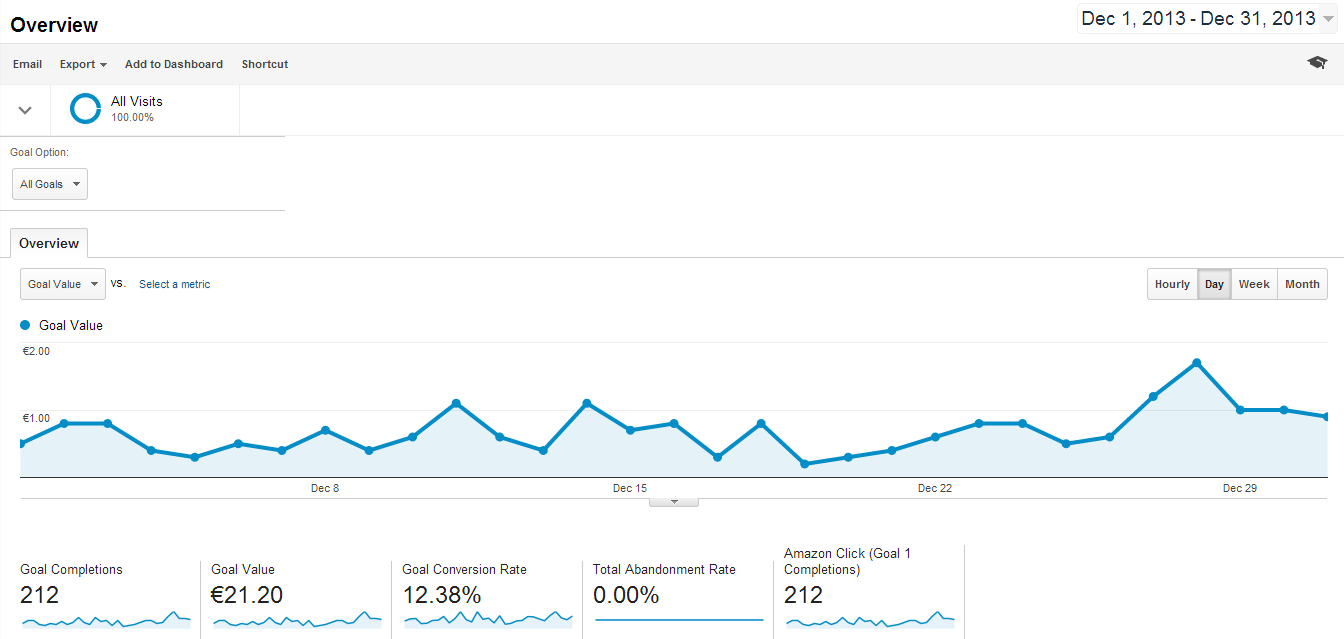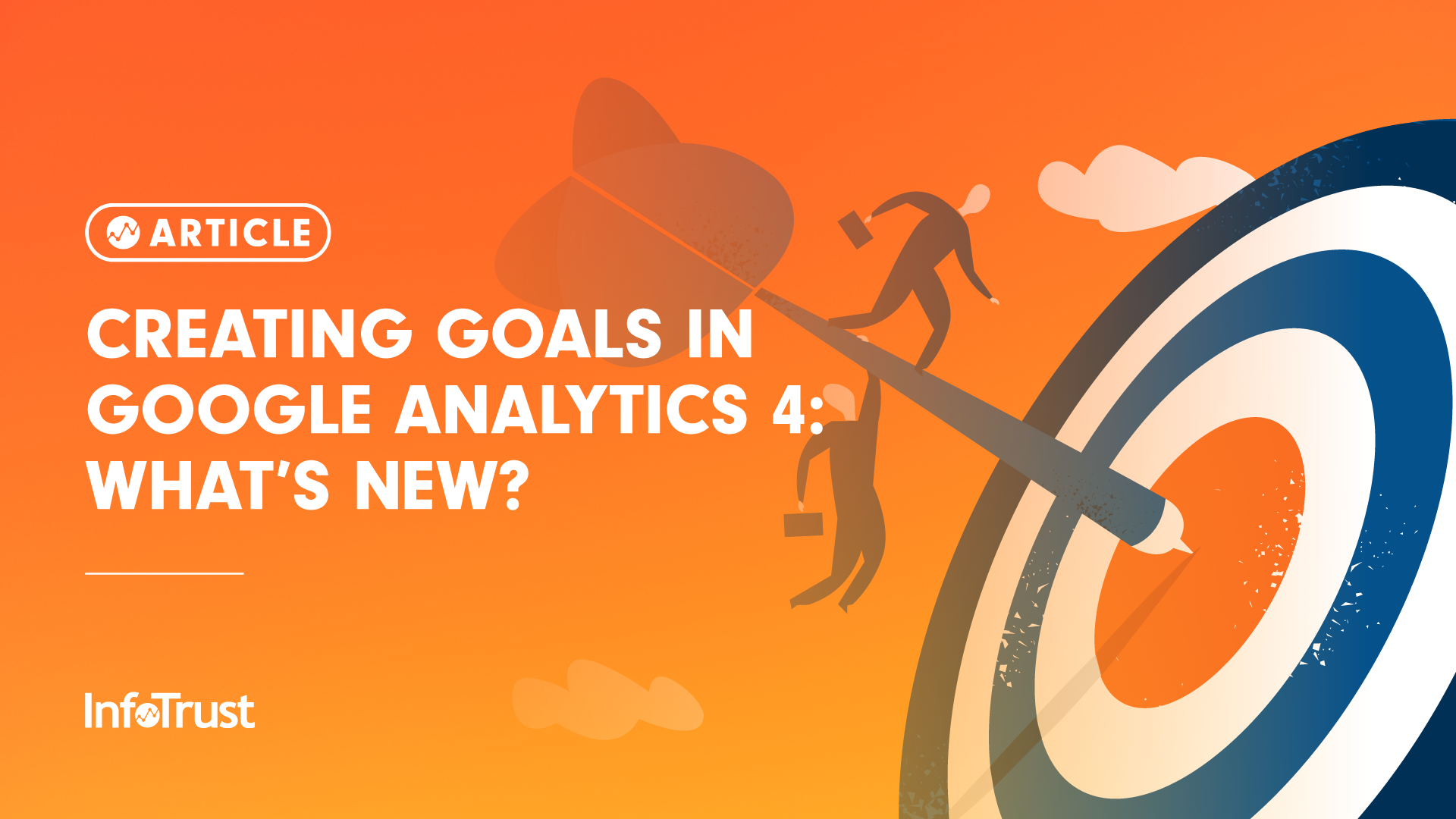Comprehending What Data Is Google Analytics Goals Unable to Track
Comprehending What Data Is Google Analytics Goals Unable to Track
Blog Article
Discover the Limitations of Google Analytics Goals: Introducing the Data Types That Remain Untrackable
As companies progressively rely upon data-driven decision-making, understanding the constraints of tools like Google Analytics comes to be vital. While Google Analytics Goals offer important understandings right into user communications, there exist data kinds that elude tracking, posturing challenges to a comprehensive understanding of individual actions. These untrackable data kinds question about the precision and completeness of the analytics data that companies greatly trust for their digital methods. Interested to uncover the surprise dead spots in your data analysis procedure?
Incomplete Individual Trip Tracking
Insufficient user journey monitoring within Google Analytics can prevent the ability to accurately evaluate customer actions. When the customer trip is not totally tracked, there are gaps in the information that prevent an extensive understanding of how individuals communicate with a web site. This lack of insight can result in missed possibilities for optimization and improvements to the user experience.
One typical concern with incomplete customer trip monitoring is the inability to see the full path that customers take previously finishing a goal or leaving the site. Without this information, it is testing to recognize where customers may be running into barriers or friction factors that stop them from converting. Additionally, insufficient monitoring can cover the effect of certain advertising and marketing efforts or website changes on customer behavior.
To address this constraint, it is crucial to establish up appropriate tracking devices within Google Analytics to capture the entire user journey. This may entail establishing event tracking, objective funnels, or using devices like Google Tag Manager to guarantee that no important communications go unrecorded. By obtaining a detailed view of the individual journey, internet site owners can make more informed choices to improve customer interaction and drive conversions.
Attribution Difficulties
Browsing via attribution difficulties in Google Analytics calls for a comprehensive understanding of just how various touchpoints contribute to the overall conversion process. Attribution difficulties emerge from the complexity of contemporary customer journeys, where customers communicate with numerous networks prior to transforming.
One typical attribution obstacle is the problem in connecting conversions to the appropriate resource, especially in cases where customers communicate with numerous networks before transforming. Additionally, cross-device tracking postures one more acknowledgment challenge, as customers often change in between devices throughout their journey, making it testing to track their communications flawlessly.
Offline Conversions
Provided the obstacles connected with associating conversions properly in online channels, the measurement of offline conversions presents a considerable opportunity for marketing experts seeking a more extensive understanding of their customers' journey. Offline conversions describe activities that clients take in the physical globe, such as making acquisitions in brick-and-mortar stores or over the phone, attending occasions, or engaging with printed products - what data see here now is google analytics goals unable to track. These conversions are critical for companies that operate both online and offline, as they provide useful understandings right into the effectiveness of advertising and marketing projects across different touchpoints
Tracking offline conversions traditionally positioned a substantial obstacle for marketing experts, as it was challenging to connect these actions back to details online interactions precisely. Nevertheless, with developments in modern technology, such as the assimilation of CRM systems, unique identifiers, and promo code codes, companies can currently connect the void in between online and offline information to obtain an extra all natural sight of customer behavior. By effectively determining offline conversions, marketing experts can maximize their methods, allot resources much more effectively, and ultimately enhance the overall consumer experience.
Cross-Device Tracking
Cross-device monitoring plays an important role in recognizing the interconnected nature Bonuses of customers' digital communications throughout several tools. In today's omnichannel globe, where individuals perfectly switch in between desktop computers, mobile phones, and tablet computers, tracking their behavior across these tools is necessary for marketing experts to acquire an extensive view of their customer journey.

Furthermore, privacy issues and laws such as GDPR and CCPA have further complex cross-device tracking. With users requiring even more control over their data and raised constraints on tracking innovations, marketers should discover privacy-compliant and innovative methods to link individual communications throughout tools.
Dynamic Web Content Engagement
Recognizing individual interaction with dynamic content is critical in enhancing digital advertising techniques for boosted target market communication. Dynamic content refers to website elements that change based on user behavior, preferences, or other factors, offering a tailored experience. Tracking customer communications with dynamic web content postures difficulties for standard analytics tools like Google Analytics.
While Google Analytics can track fundamental interactions like clicks and page views, it might struggle to record more visit nuanced engagements within vibrant material. what data is google analytics goals unable to track. Metrics such as time spent on certain dynamic elements, hover actions, or communications within pop-ups are commonly not conveniently quantifiable using typical tracking methods. This constraint hinders marketers' ability to fully comprehend just how users are involving with dynamic material and customize their techniques accordingly

Verdict
To conclude, Google Analytics objectives have constraints in tracking incomplete user journeys, connecting conversions properly, catching offline conversions, tracking cross-device communications, and gauging vibrant web content involvement. These constraints highlight the significance of checking out additional tracking methods and tools to obtain a more comprehensive understanding of user behavior and conversions past what Google Analytics can offer.
While Google Analytics Goals offer important understandings into user communications, there exist information types that avoid tracking, presenting difficulties to a detailed understanding of customer habits.Incomplete user journey tracking within Google Analytics can prevent the capacity to precisely evaluate individual behavior. When the customer trip is not completely tracked, there are spaces in the data that avoid a thorough understanding of just how customers communicate with a website.One common issue with insufficient individual journey monitoring is the lack of ability to see the complete path that users take in the past finishing a goal or leaving the website. By acquiring a thorough view of the user trip, internet site owners can make even more educated decisions to improve customer interaction and drive conversions.
Report this page